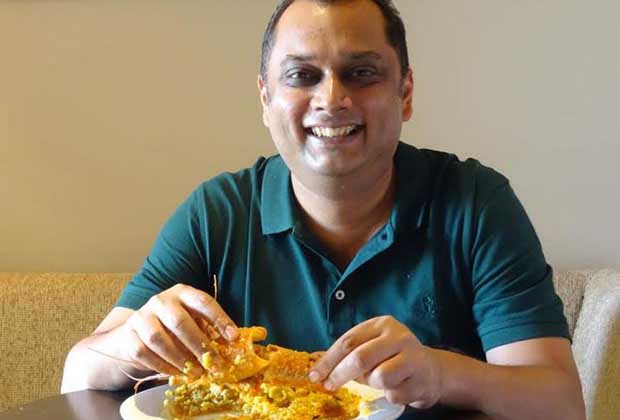The Fascinating Journey Of Discovering Indian Food
- By Kalyan KarmakarLoading...
- | 8 April 2016 10:59 AM IST
 X
X
 There is no end to exploring Indian food.
There is no end to exploring Indian food.
I was in Kolkata a month ago, and had my favourite Bengali breakfast of luchi and cholar dal at the ITC Sonar Hotel. I was first introduced to this dish by my grandmother when I was a child, and it remains to be one of my favourite Bengali dishes till date. Luchi is the Bengali version of the puri. A fried, puffed up flatbread, which is made with maida or refined all-purpose flour.
My love for luchi probably made me take to the puri and potato bhaji at the canteen in my first office in Mumbai. The skin of the puri was denser than Kolkata's luchi. That’s because the puri of Mumbai, like most puris across India, are made with wholewheat. You get a good version of this at Prakash in Mumbai’s Dadar or Pancham Pooriwala near CST, which is the oldest running restaurant in Mumbai.
The puri at Kanha sweets in Amritsar is served with both spicy and sweet curries, and look very different from the puris of Mumbai as they are much larger in size.
WATCH: Pancham Puriwala, Mumbai's Oldest Restaurant
I also went to Nizam’s at New Market during the trip for the mutton (goat meat) rolls. Rolls are said to have been invented here. They barbecue meat kebabs on skewers at Nizam’s and then finish them on a flat tawa with spices, a squeeze of lime, sliced onions and finely chopped green chillies. These are then stuffed into a freshly-made thin maida paratha into a roll.
Imagine my bewilderment when I left Kolkata, and ate my first roll in Mumbai at a place called Chiquita in Colaba. It consisted of shredded boiled chicken mixed with thick mayonnaise and inserted into a hot dog bun. I found out that this is what ‘roll’ meant in the Irani and Goan-owned restaurants in the city.
While I was at Nizam, I had the Kolkata biryani too. This has fragrant rice and no visible masala or barista (fried onions), and comes with the mandatory boiled potato. This is the reason why us Kolkatans are flummoxed by biryanis at places like Noorani and Jaffer Bhai's in Mumbai, which we refer to as curry rice because of the heavy dose of masala in them.
On a completely different note, let me tell you about my unbridled love for the dosas of Bangalore in places like MTR and CTR. They are called benne or butter dosas, and are thick and crunchy on the outside. They are also multi-textural and so different from the thin and super crisp dosas served at the Udipi joints of Mumbai, or the soft dosas made in Tamil homes in Chennai.
Did you get the pattern here? Puris, rolls, biryani, dosas...dishes with the same name, and yet present in such varied forms in different places. One can continue on this vein. Say for instance, the East Indian bottle masala based Vindaloo, which is different from the Vindaloo of the Goans. How the phuchkas of Kolkata have potato fillings and use sour water, while the pani puris of Mumbai have boondi in them and use chilled sweet water. And of how each state in South Indian has its own version of sambhar, and how the dhansak in no two Parsi homes tastes the same.
The point I am making is that there is such an astounding depth to Indian food that one should not claim to be an expert who knows everything that there is to know on Indian food. You can keep exploring it and yet not complete your education. So, don’t stop at any point and feel that you have a hang on what is the final and authentic version of a given dish. You might be surprised.
Like reading the Vedas or practising yoga, the journey of discovering Indian food too is a lifelong one!

Kalyan Karmakar
Kalyan is a food and travel blogger, who is excited about Indian food and tries his best to bring it alive through his stories. He is happiest when he eats at small, family-run places. He blogs at <a href="http://www.finelychopped.net/"> Finely Chopped.</a>


